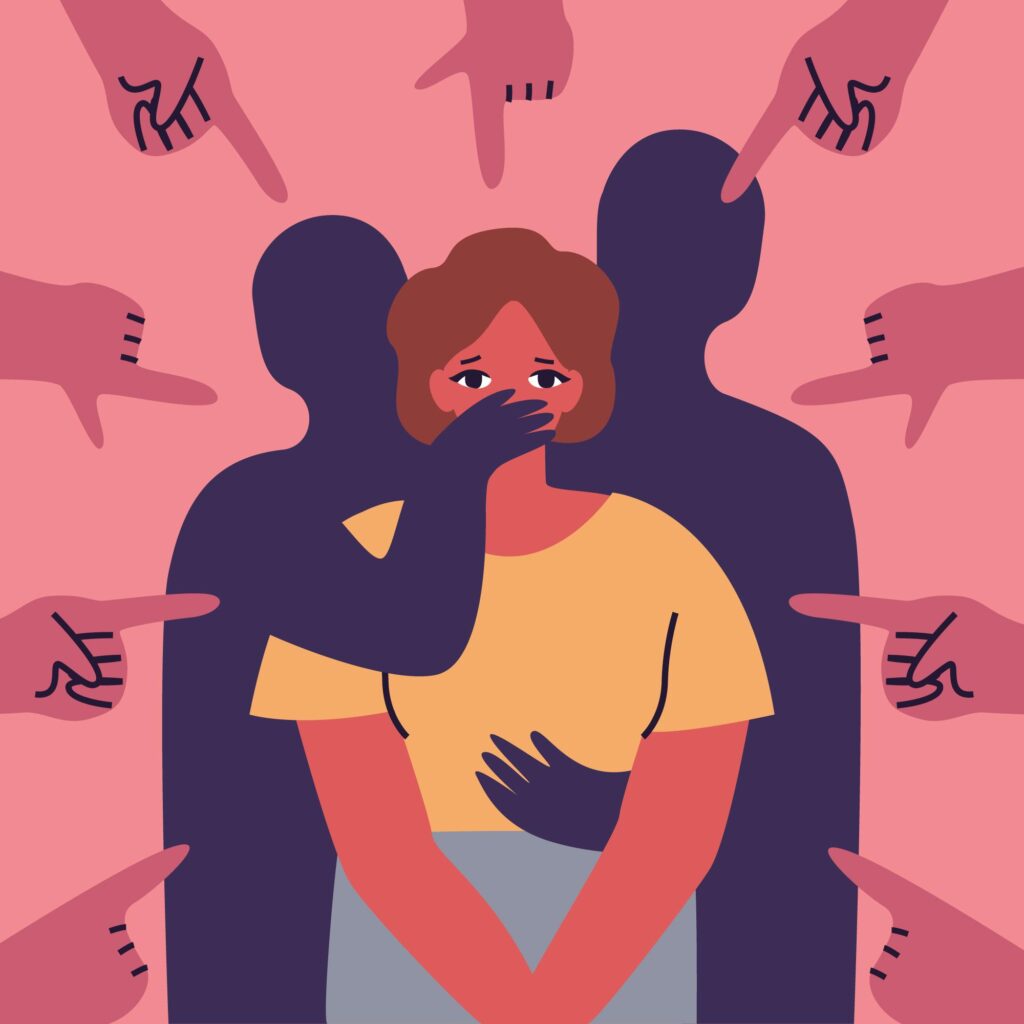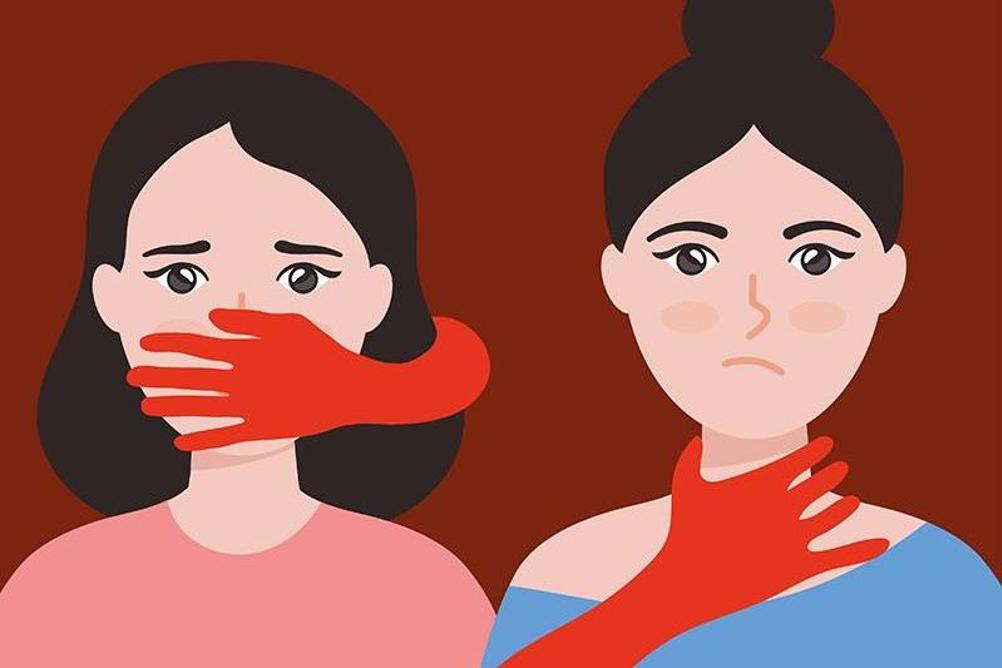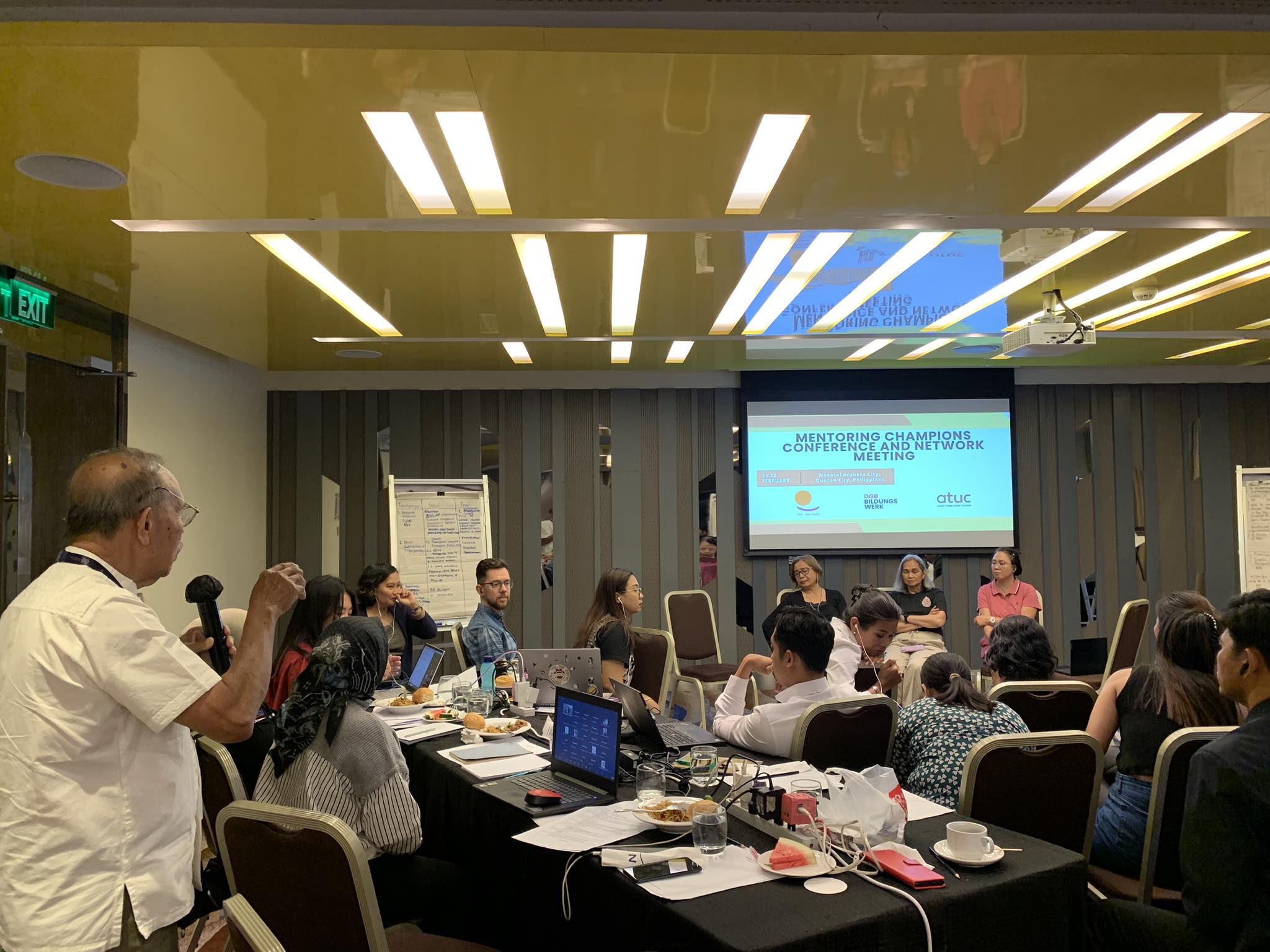In the online space where patriarchy and misogyny, especially in male-dominated communities, continue to thrive—young girls and women often either remain silent or are ignored.
Yet, research shows that their active presence and amplified voices could be one of the most effective ways to counter this phenomenon.
A Hostile Digital Space for Women
Numerous reports highlight the rise of online harassment against women and girls, ranging from sexist insults to overt threats. Many women, particularly on social media, face a hostile environment. Studies reveal that such behaviors not only silence women but also undermine their confidence and participation in public discourse.
Why Girls’ Voices Matter

Contrary to the common perception of women as mere victims of misogyny, they can be key players in combating it. Research indicates that when girls and young women collectively and organizedly confront sexist rhetoric, it significantly shifts the conversation. Three key impacts of this collective resistance:
- Role Modeling: When girls courageously defend their rights, they inspire others.
- Breaking Stereotypes: Women’s active engagement in public debates challenges patriarchal assumptions.
- Creating Safe Spaces: When women’s voices are taken seriously, the digital space becomes safer for their participation.
Challenges Women Face Online

Despite its importance, girls and young women encounter major obstacles:
- Organized Trolls & Attacks: Many face waves of hateful messages as soon as they speak up.
- Systemic Dismissal: Even in seemingly neutral communities, women’s opinions are often overlooked.
- Lack of Support: Many platforms fail to act promptly or adequately against gender-based harassment.
Proposed Solutions
To change this situation, several solutions have been suggested:
- Building Women’s Support Networks online to collectively counter misogyny.
- Digital Literacy Training for girls to combat cyberattacks.
- Pressuring Platforms to enforce stricter policies against sexist content.
Conclusion
Online misogyny is not an individual problem but a structural one—requiring collective action and the amplification of women’s voices. If change is to happen, we must first create safe spaces where girls and women are heard.
Phys News Agency







